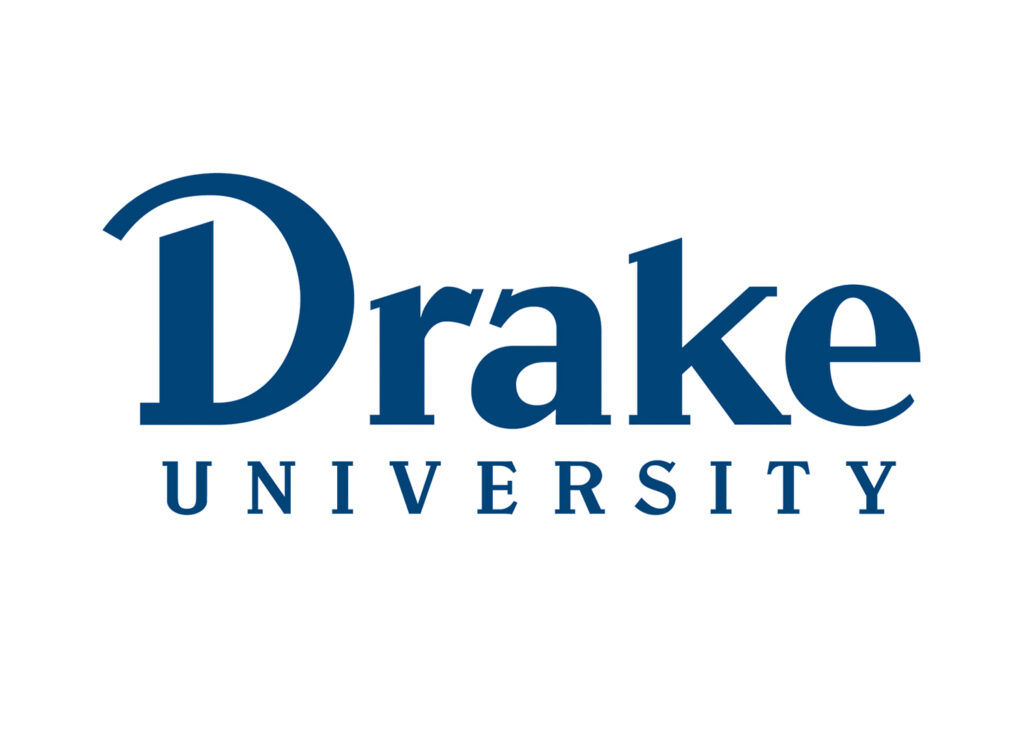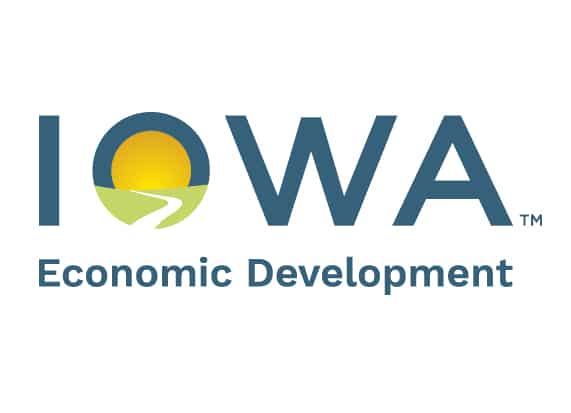CBRE|Hubbell Commercial market survey: The money flow

KENT DARR Mar 6, 2019 | 10:18 pm
2 min read time
487 wordsAll Latest News, Business Record Insider, Real Estate and DevelopmentEditor’s Note: The below is a look at the flow of investment dollars into the region. To read additional key takeaways from the CBRE|Hubbell Commercial survey of industrial, multifamily, office and retail sectors, click here.
Linda Gibbs and Tim Sharpe are senior vice presidents at CBRE|Hubbell Commercial who track investment property transactions. That means they are keyed in on the flow of dollars from high net worth individuals, family offices and institutional investors, such as pension funds.
Though investment dollars dropped a tad last year in Greater Des Moines — an 8 percent fall to $401 million from $434 million in 2017 — they rang in to the tune of $564 billion nationally, a 22 percent hike from 2017 and the third-highest amount on record, Gibbs said.
Who had money to spend?
“Everybody,” Gibbs said.
“There is a lot of money out there looking for places to land,” Sharpe said. “Allocations come out and they need to get the money out; it trickles to our market. It starts on the coasts, then the secondary markets and then the tertiary markets.” Greater Des Moines is a tertiary market.
Investment dollars are attracted by better yields as well as the strong economy.
Cy Fox, a CBRE|Hubbell Commercial vice president who specializes in multifamily, noted that on one recent day he received inquiries from Israel, New Jersey and New York.
Gibbs and Sharpe said there is strong demand for multifamily and retail properties.
“Everybody thinks retail is dead, particularly brick and mortar stores,” Gibbs said. “It’s not. The vacancy rates across the country are pretty stable. We’re seeing some interesting things that are happening nationally.”
Among those trends is converting empty big box stores that once anchored shopping centers into hotels.
Also drawing the interest of investors are senior housing, student housing and self-storage, a category bolstered by the popularity of apartment living among millennials and empty nesters.
Sharpe said opportunity zones should be attractive investments. The investment areas have been established in about 9,000 low-income census tracts in the United States. That number breaks down to two near Drake University, one in the Valley Junction neighborhood of West Des Moines and about 60 elsewhere in the state.
The zones were created by changes to federal tax law in 2017. They provide tax relief for folks with capital gains who invest in economic development activities in the selected areas.
“Conceptually, it makes a whole lot of sense,” Gibbs said.
“The good thing is they don’t require any public money, other than the tax benefit,” Sharpe said.
So, when will the glow fade from the economy?
“The momentum is going to continue this year,” Gibbs said. “It should be another great year for investment sales.”
Still, a “disruptor” will occur at at some point, but it probably won’t shake the economy off its underpinnings.
“Lenders have become much more conservative,” Gibbs said, “and investors are more astute.”










